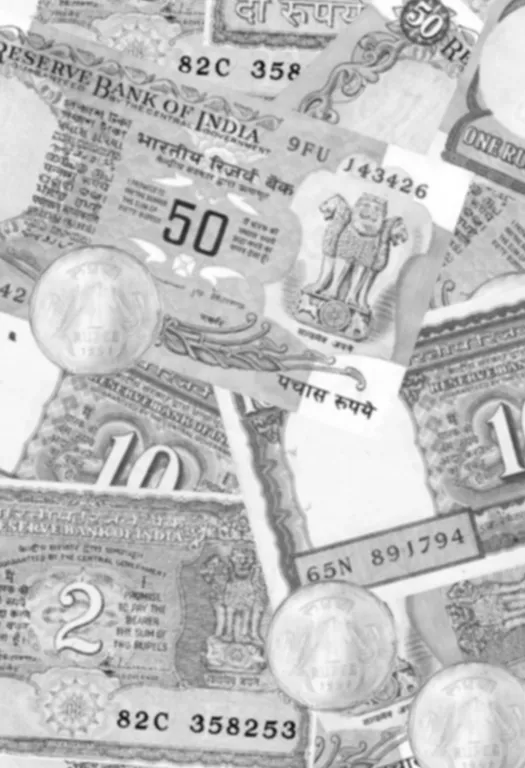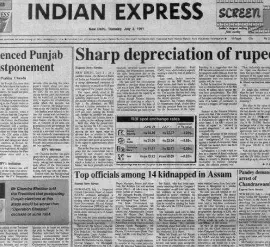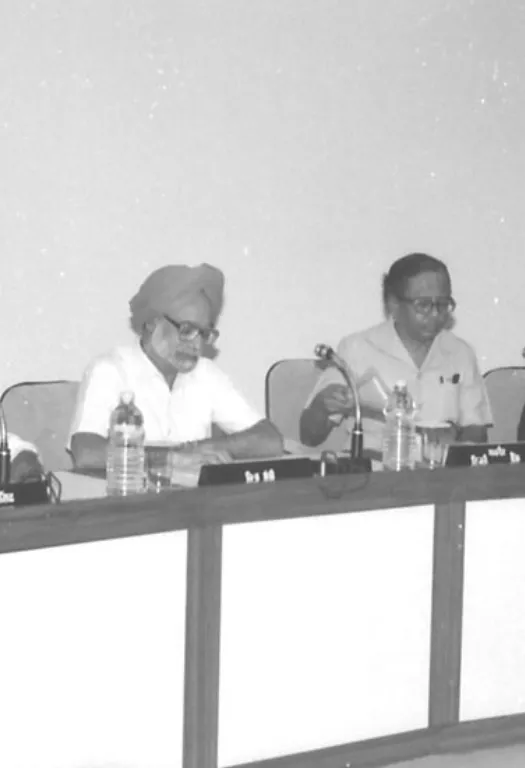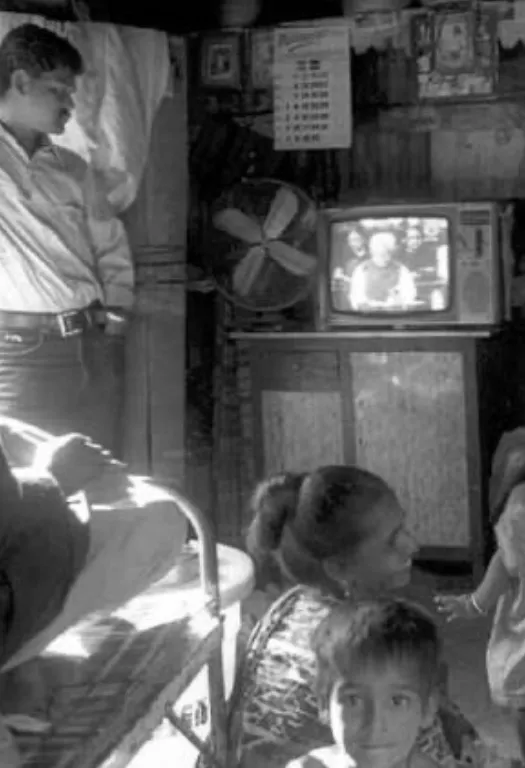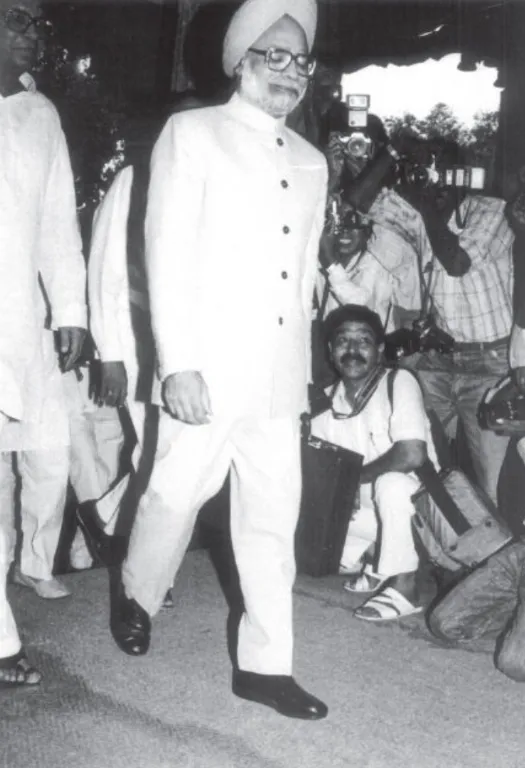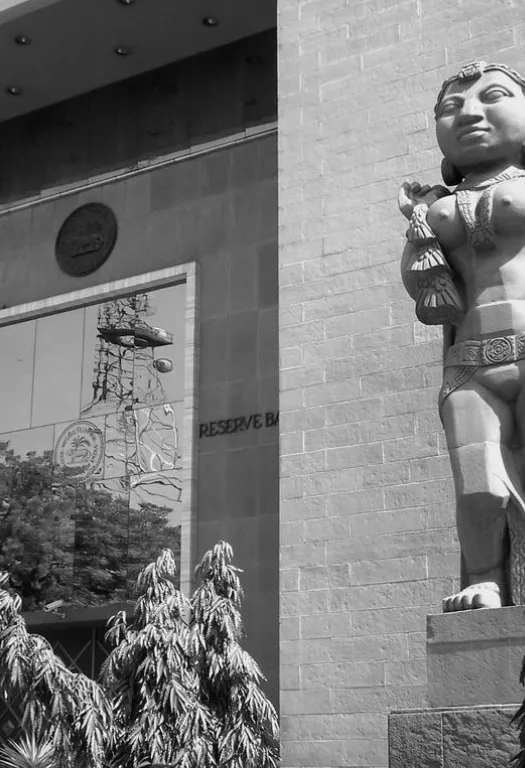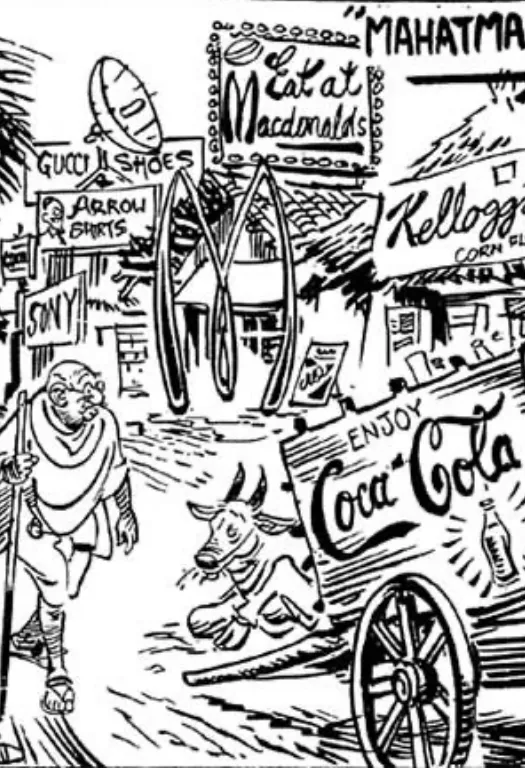August-November 1990
Political and economic turmoil
Moody’s places India on a credit watch with the possibility of a ratings downgrade because of unfolding political and economic events. In the aftermath of communal tensions Prime Minister V.P. Singh's government falls in November, 1990. His successor Chandra Shekhar forms a politically fragile minority government.
December 1990
IMF supports India
Senior bureaucrats along with Gopi Arora, India's representative at IMF, mobilize support to manage India’s balance of payments crisis. Their efforts lead to an agreement that the Indian government will implement reforms to liberalize the rupee and manage the fiscal deficit, with the IMF supporting a US$ 1.8 billion loan.
March 6, 1991
Government of the day falls
Prime Minister Chandra Shekhar resigns after 5 months in office, precipitating fresh elections.
March 7, 1991
S&P downgrades India
S&P downgrades India’s sovereign rating to BBB- for long term credit risk, and A- for short term credit risk.
May 21, 1991
An assassination
Rajiv Gandhi, the front-runner in the elections, is assassinated while campaigning, resulting in a leadership vacuum and a power struggle within the Indian National Congress.
May 24, 1991
India sells its gold
With only two weeks worth of foreign exchange reserves available, India sells 20 tons of gold (with a repurchase option) for $234 million to urgently raise foreign exchange reserves to tide over the balance of payments crisis.
June 21-28, 1991
P.V. Narasimha Rao forms a minority government
Resolving the leadership crisis in the Congress, P.V. Narasimha Rao forms a fragile minority government. He appoints Manmohan Singh as finance minister, assembles a team of liberal-minded economists and technocrats, and builds political consensus across the aisle to end the command-and-control economic policies.
July 1-3, 1991
Devaluation of the Rupee
July 4, 1991
Trade policy reforms announced
Prior to 1991, nearly all imports were tightly controlled, with an average tariff rate of 113% and the highest at 355%. Commerce Minister P. Chidambaram announces a new policy, based on Montek Singh Ahluwalia's M Document, removing all import restrictions except on 71 goods. The policy incentivizes exports, reduces trade licensing controls, replaces controllers with regulators, and embraces trade openness with the world.
July 9, 1991
Narasimha Rao's address to the nation
“We believe that a bulk of government regulations and controls on economic activity have outlived their utility. They are stifling the creativity and innovativeness of our people. Excessive controls have also bred corruption. Indeed, they have come in the way of achieving our objectives of expanding employment opportunities, reducing rural-urban disparities and ensuring greater social justice.”
July 15, 1991
No Confidence Motion
To protest the pace and the market-friendly nature of the reforms, opposition parties call for a motion of no confidence against Rao’s minority government. Rao defends his government’s vision of a market economy and the proposed reforms intended to arrest the economic crisis. The Bharatiya Janata Party votes against the government. But with the Left and National Front staging a walk out, Rao’s government secures enough votes to survive.
July 24, 1991
Industrial delicensing announced
Post-colonial, socialist India was infamously dubbed the License-Permit Raj for overregulating private enterprise and stifling economic freedom through licenses and controls. The government announces the new industrial policy, which in a single stroke brings 80 percent of the Indian industry out of this license-labyrinth. The government also announces disinvestment of government equity and opens up the economy to foreign investment, granting greater autonomy to private players.


